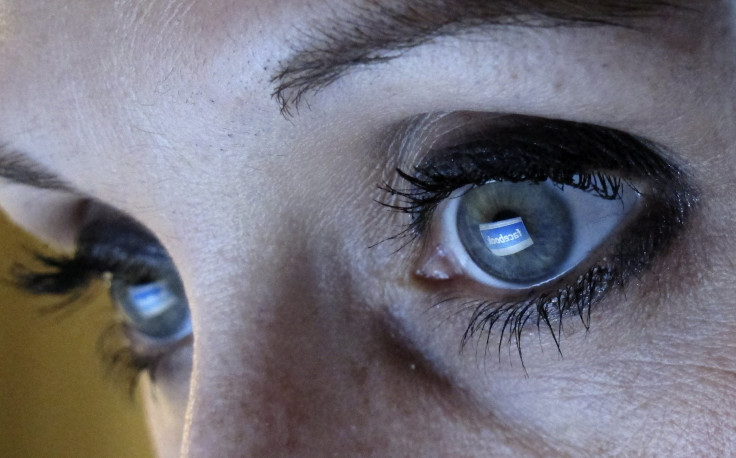Scientists Create Eye-Tracking Glasses That Focus On What The Wearer Is Looking At

A team of researchers from Stanford created eye-tracking glasses that can help wearers see things better by focusing on what the wearers are looking at.
Progressive eyeglasses might be very helpful to people with sight problems, but they aren’t the most safe and easy to use of all. WebMD noted that it normally takes weeks or even months before users can adjust to wearing progressive lenses. Before that time, wearers will have to face possible problems like dizziness or nausea, and distortion of peripheral vision.
Scientists from Stanford aiming to do away with the problems brought about by using progressive lenses and help people achieve better eyesight have created a new lenses they call “autofocal lenses.”
Stanford electrical engineer Gordon Wetzstein, along with others, have created a prototype of these glasses. In a press release, Wetzstein said “we’ve created a pair of autofocal lenses that might one day correct their vision far more effectively than traditional glasses.”
As mentioned, traditional progressive lenses aren’t easy to use. These require wearers to align their head to focus properly: they need to look through the lower part of the lens when reading, through the upper part of the lens to see clearly from afar, and look between the aforementioned spots to see the middle distance clearly. Failure to do this might lead to unwanted results.
“People wearing progressive lenses have a higher risk of falling and injuring themselves,” Robert Konrad, a graduate student and co-author on a paper describing the autofocal glasses, said.
How it works
The autofocals work using a combination of eye-tracking technology and fluid-filled lenses. Eye-tracking sensors work to determine where the wearer is looking at then calculates the distance between the wearer’s eyes and the object of interest. The autofocals glasses then adjusts the lenses, using the fluid to add thickness or thin the lenses, in order to give the wearer better vision.
It's worth noting that the team didn't create the eye-tracking technology. They worked on the software that makes use of eye-tracking tech to adjust the amount of fluid used to adjust the lenses.
The researchers tested the prototype device on a group of 56 people, all of them having an eye condition called “presbyopia,” which is a condition characterized by the “stiffening of the crystalline lens” of the eyes.
The test subjects said the prototype performed better and faster than traditional progressive lenses at tasks like reading. Furthermore, the test subjects also said they prefer the autofocal glasses compared to their traditional glasses.
While the new technology is proven to work, what’s left for scientists to discover is how to find a way to convert the prototype into something more comfortable to wear. It’s quite bulky and heavy as of now -- sort of like a pair of virtual reality glasses, Gizmodo noted. That said, there’s no release date yet.

© Copyright IBTimes 2025. All rights reserved.





















